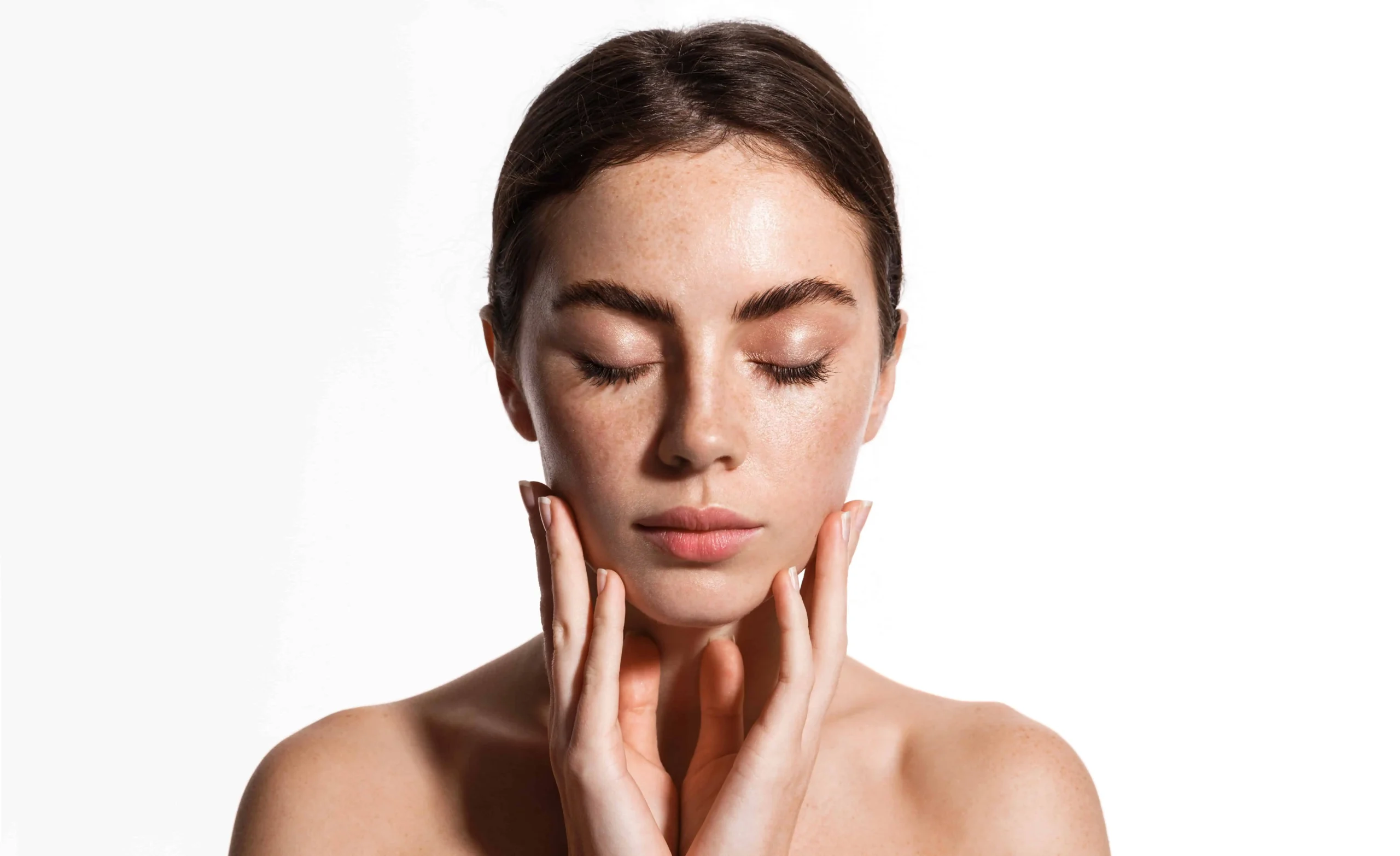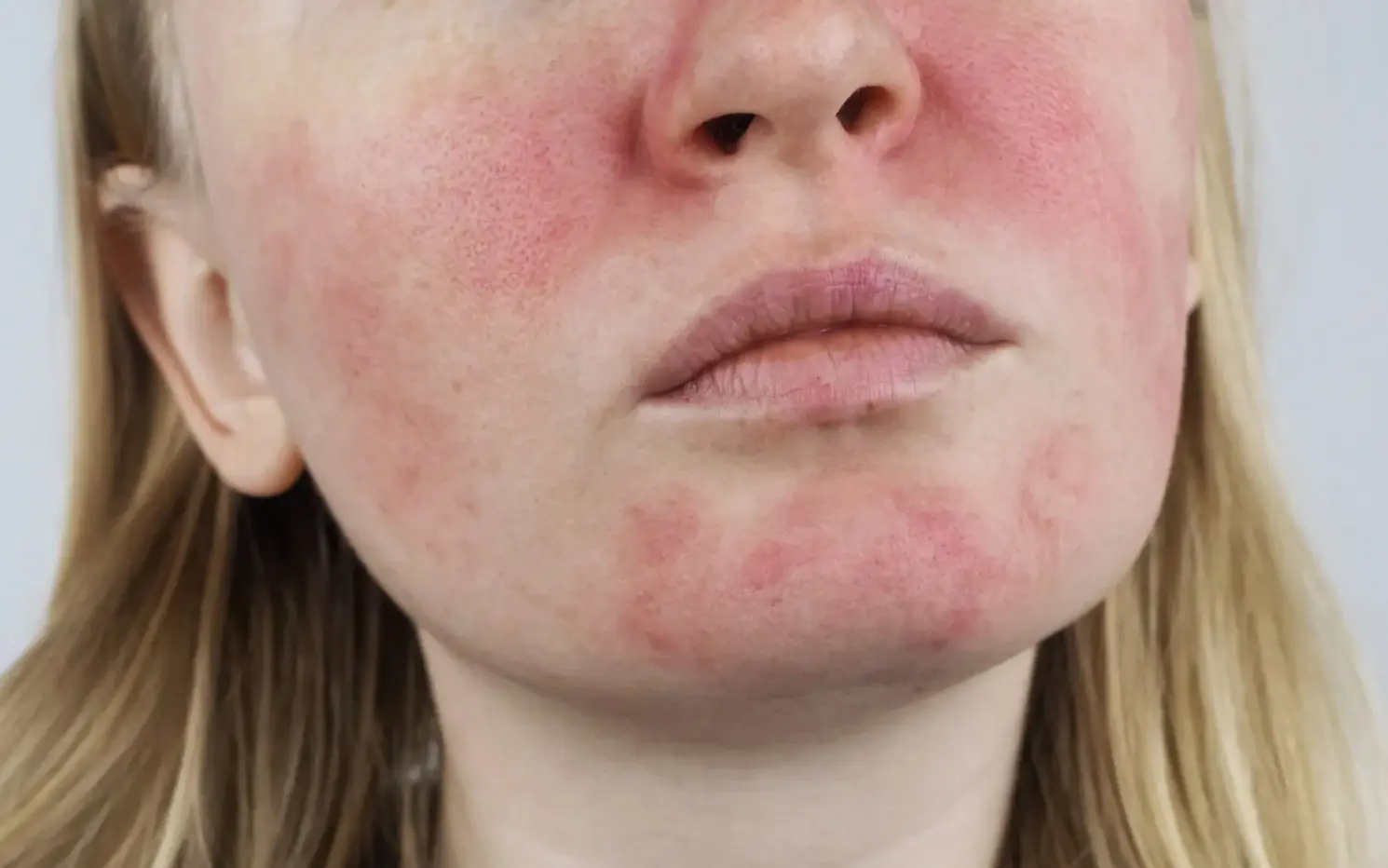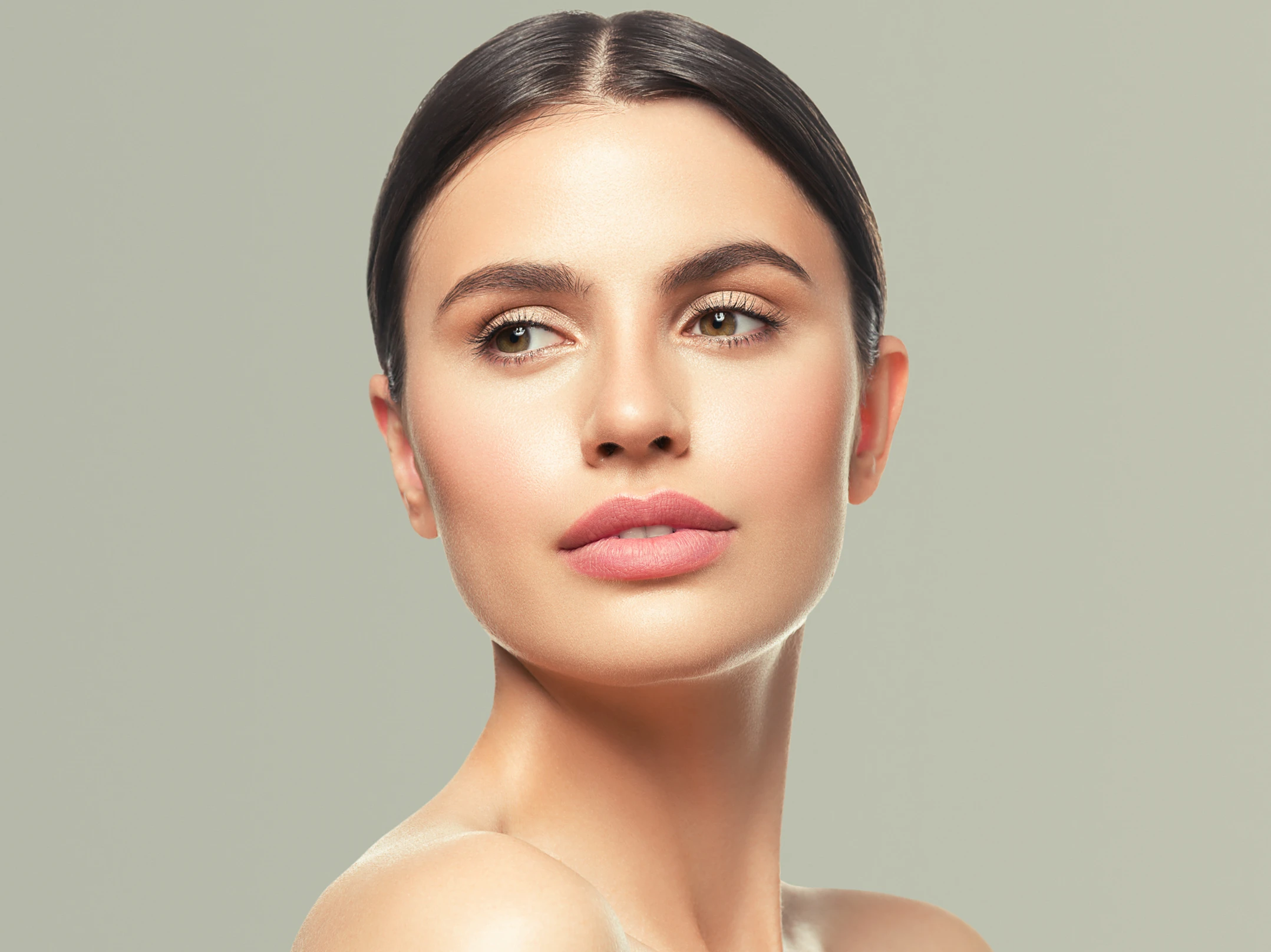Using a retinol or vitamin-A derivative in sensitive skinned-individuals can be challenging and intimidating for some. However, it is definitely a beneficial ingredient to incorporate, and here are our tips on how to best do that! Once you conquer the potential dryness and irritation of retinol, the benefits, especially insensitive-skinned and rosacea-prone individuals, include anti-aging, diminution of fine lines and wrinkles, stabilization and fortification of the epidermal barrier, enhanced hydration, enhanced moisturization, diminished redness, and decreased rosacea flares.
First, start off using a gentle cleanser. Using lukewarm water (not hot!), gently cleanse the skin ONCE a day; over-cleansing will just potentially lead to dryness and irritation. Avoid extra alpha and beta hydroxy acid ingredients or harsh exfoliants. We recommend Lait Demaquillant which is our powerful but gentle cleanser that is packed with nutrients and antioxidants to help fight against damage from free radicals.
It is also important to hydrate and prepare before starting retinol into your skincare routine. Start several weeks prior, and prepare your skin with copious hydration using either niacinamide, hyaluronic acid, or ceramide-rich moisturizer. We recommend Formule Jeunesse and Hydratant Advance. After cleansing, apply the moisturizer to damp skin for the most efficient absorption.
After hydrating, specifically for sensitive and rosacea-affected skin, you will apply your cream-based retinol. Cream formulations are generally more gentle than gel formulations, which often contain simple alcohols and astringents. There is no data to support a specific order of clean-moisturize-retinol or cleanse-retinol-moisturize. For more durable skin, cleansing and immediate retinol application are great. However, with more sensitive skin, it is preferable to apply a moisturizer or serum first, let it completely absorb, and then apply retinol. This has NOT been shown to decrease the efficacy of the retinol itself.
Methods for beginning the retinol include:
- Slow integration of the its product can be easier, especially in sensitive-skinned individuals. Start with the application once a week (for 2 weeks) and gradually build up to applying it nightly.
- The “short contact” approach is another way to integrating retinol into your routine. Apply a small amount to the facial skin, allow it to sit for several minutes, and rinse off with lukewarm water. Gradually increase the length of time of contact of the it over several days to a week. This will allow the skin to adjust to the product and prepare for global application.
Don’t OVERDO it. Use a pea-sized amount of retinol and spread gently over the face in circular motions. Using more will just increase the chance of irritation.
Retinols we recommend:
Always apply an SPF of at least 30 in the morning at the end of your skincare routine and before makeup. A physical sunscreen with iron oxide and/or titanium dioxide is ideal. Chemical ingredients (octinoxate, avobenzone, oxybenzone) should be avoided due to propensity for allergic reactions and irritation. We recommend our tinted sunshield.
We know how important and beneficial retinol is for our skin health but it can be a scary transition for those with sensitive skin. Hopefully our tips and tricks will guide you to healthier skin with the incorporation of retinol!





